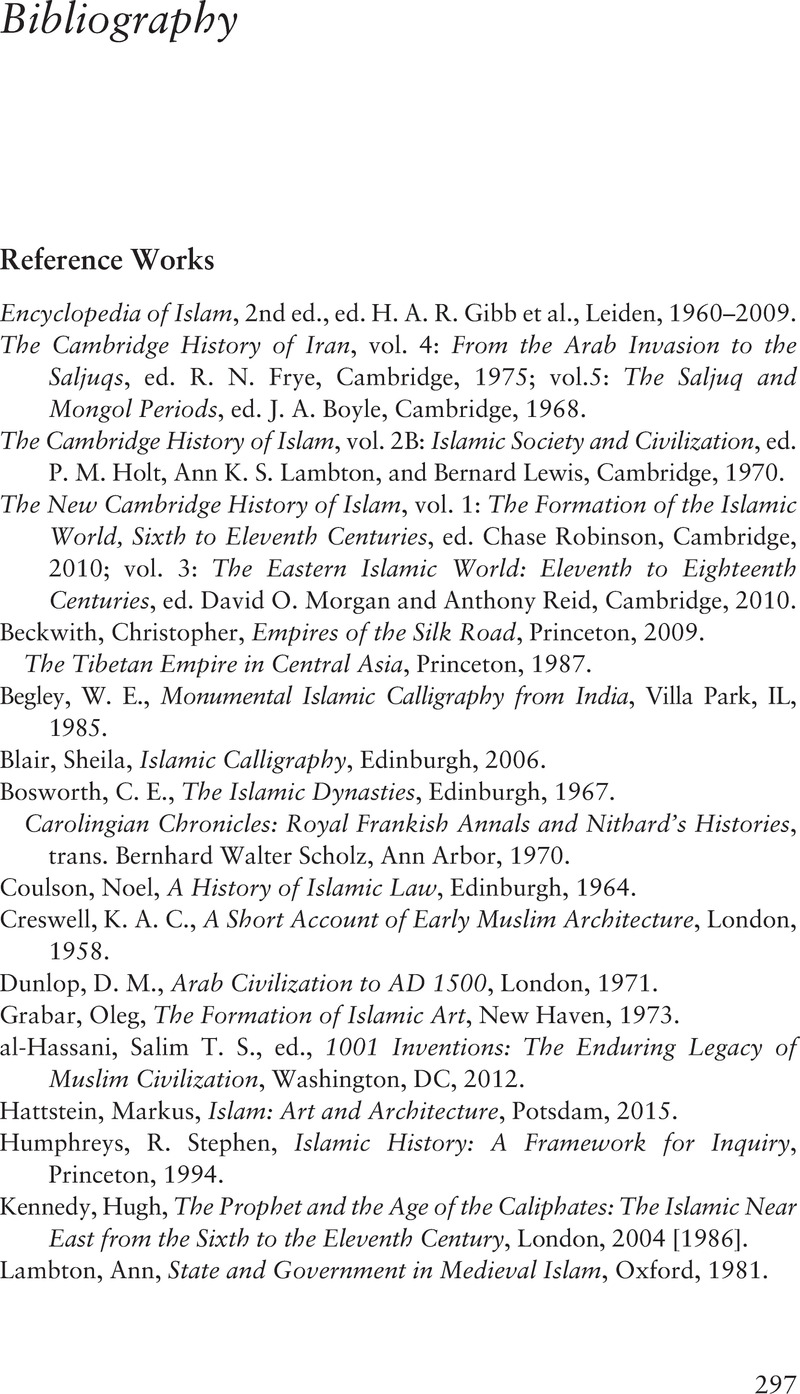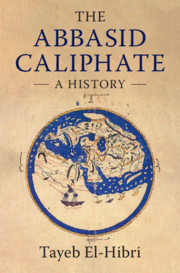Book contents
- The Abbasid Caliphate
- The Abbasid Caliphate
- Copyright page
- Dedication
- Contents
- Figures
- Maps
- Acknowledgments
- Note on Transliteration
- Chronology
- Abbreviations
- Genealogical Chart of the Caliphs
- Maps
- 1 Introduction
- 2 From Revolution to Foundations (750–775)
- 3 The Golden Age of the Abbasid Caliphate (775–833)
- 4 From Triumph to Tribulation (833–990)
- 5 The Caliphate as a Religious Authority (990–1225)
- 6 The Twilight of the Abbasid Caliphate (1225–1258)
- 7 Conclusion
- Appendix: The Abbasid Caliphs
- Glossary
- Bibliography
- Index
- Plate Section
- References
Bibliography
Published online by Cambridge University Press: 28 April 2021
- The Abbasid Caliphate
- The Abbasid Caliphate
- Copyright page
- Dedication
- Contents
- Figures
- Maps
- Acknowledgments
- Note on Transliteration
- Chronology
- Abbreviations
- Genealogical Chart of the Caliphs
- Maps
- 1 Introduction
- 2 From Revolution to Foundations (750–775)
- 3 The Golden Age of the Abbasid Caliphate (775–833)
- 4 From Triumph to Tribulation (833–990)
- 5 The Caliphate as a Religious Authority (990–1225)
- 6 The Twilight of the Abbasid Caliphate (1225–1258)
- 7 Conclusion
- Appendix: The Abbasid Caliphs
- Glossary
- Bibliography
- Index
- Plate Section
- References
Summary

- Type
- Chapter
- Information
- The Abbasid CaliphateA History, pp. 297 - 319Publisher: Cambridge University PressPrint publication year: 2021

